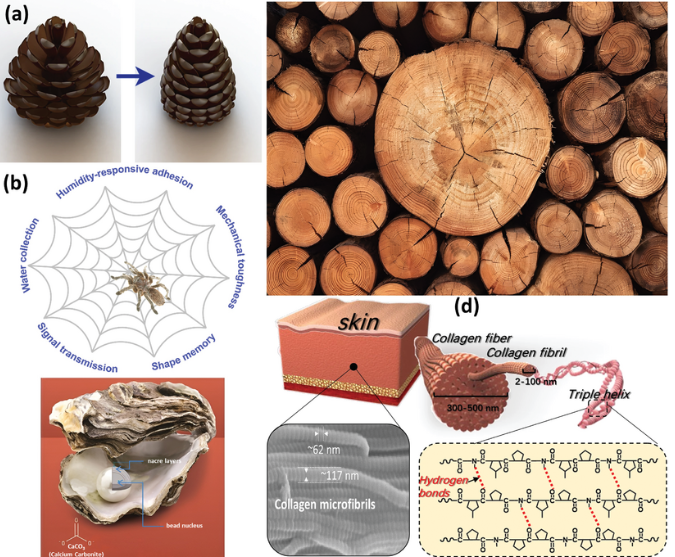Crafting Tomorrow: The 3D Printing Revolution in Prosthetics
- anikshakar6
- Oct 11, 2023
- 2 min read

In recent years, Additive Manufacturing (AM) has emerged as a game-changer in the realm of prosthetics, ushering in a new era of customization and efficiency. This transformative technology allows patients with amputations and limb differences to access tailored devices, significantly improving comfort, performance, and cost-effectiveness.
Customization Unleashed
Utilizing 3D scanning data, AM reproduces intricate geometries swiftly and affordably, outpacing traditional methods. This precision is a boon, particularly for prosthetic hands, eliminating the need for expensive custom socket tooling and further reducing costs.
Rapid Iteration for Perfect Fit
3D printing accelerates development cycles, enabling swift design iterations to enhance fit and comfort. The scalability of AM makes mass production economically viable, paving the way for cost reductions for both healthcare providers and consumers.
Design Freedom and Comfort
For patients in need of tailor-made prosthetics, 3D printing offers unparalleled design freedom, translating into superior comfort, customization, and cost-efficiency. The lightweight designs achievable through AM not only enhance comfort but also contribute to substantial cost savings by minimizing material consumption.

Dynamic Behaviors and Personalization
Beyond static designs, 3D printing facilitates the creation of dynamic behaviors in prosthetics. Sockets can have both stiff and flexible structures, providing cushioning or dampening as needed. Personalization extends to 3D-printed covers, offering unique aesthetics and high durability.
Digital Fabrication Process
The journey begins with high-resolution anatomical data acquisition through 3D medical imaging. Design generation follows, with customization ranging from manual to fully automated patient-matched devices. The manufacturing phase involves 3D printing directly or indirectly, with post-processing to meet functional and aesthetic requirements.
Advantages of Digital Fabrication
Adopting a fully digital fabrication process streamlines prosthetic component development. From reduced costs to increased efficiency, this approach minimizes manual steps and accelerates the path from scan to production. It not only translates into shorter wait times for patients but also allows for more personalized fits, optimizing comfort.
Driving Innovation and Evolution
Digital fabrication not only meets current demands efficiently but also sparks innovation. By automating processes, healthcare providers can focus on optimizing fit and comfort, leading to a continual evolution in the prosthetics industry. The newfound efficiency allows for rapid iteration, fostering a space for experts to innovate and develop novel ideas.
In conclusion, the marriage of Additive Manufacturing and prosthetics is not just a technological advancement; it's a revolution in personalized care, driving positive changes in comfort, customization, and overall efficiency. As the journey continues, the possibilities for innovation in this space are limitless.





Comments